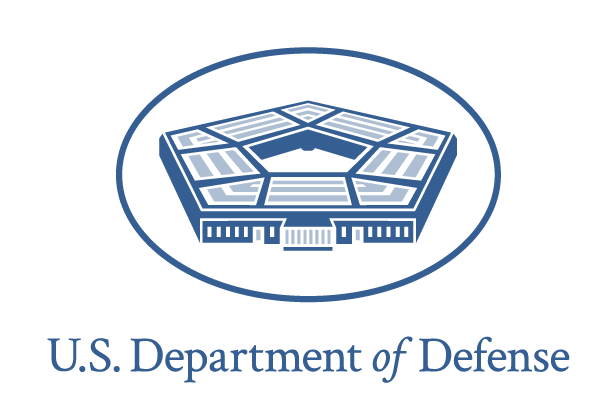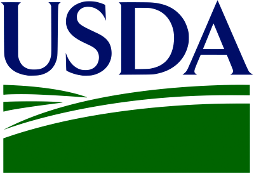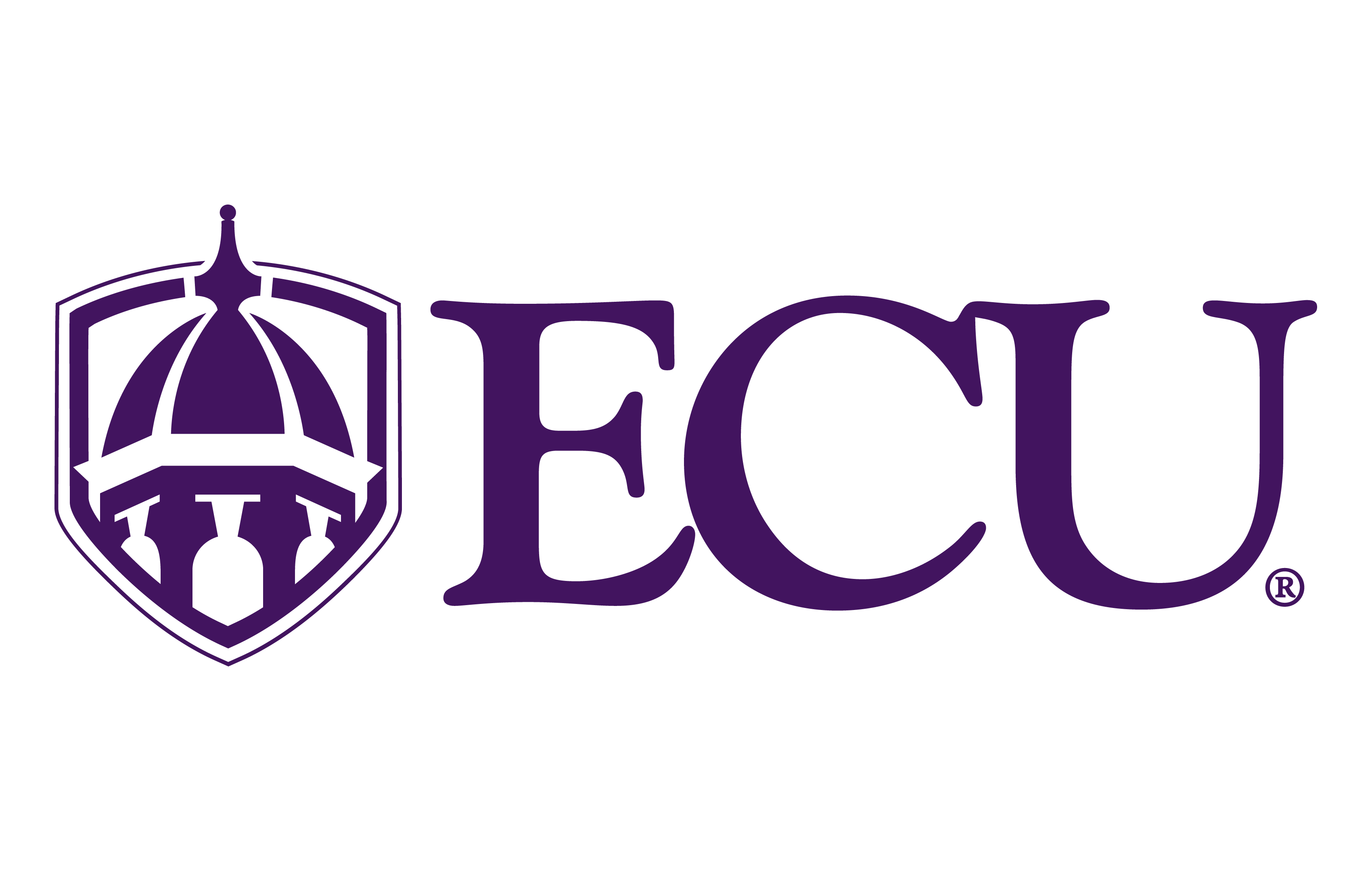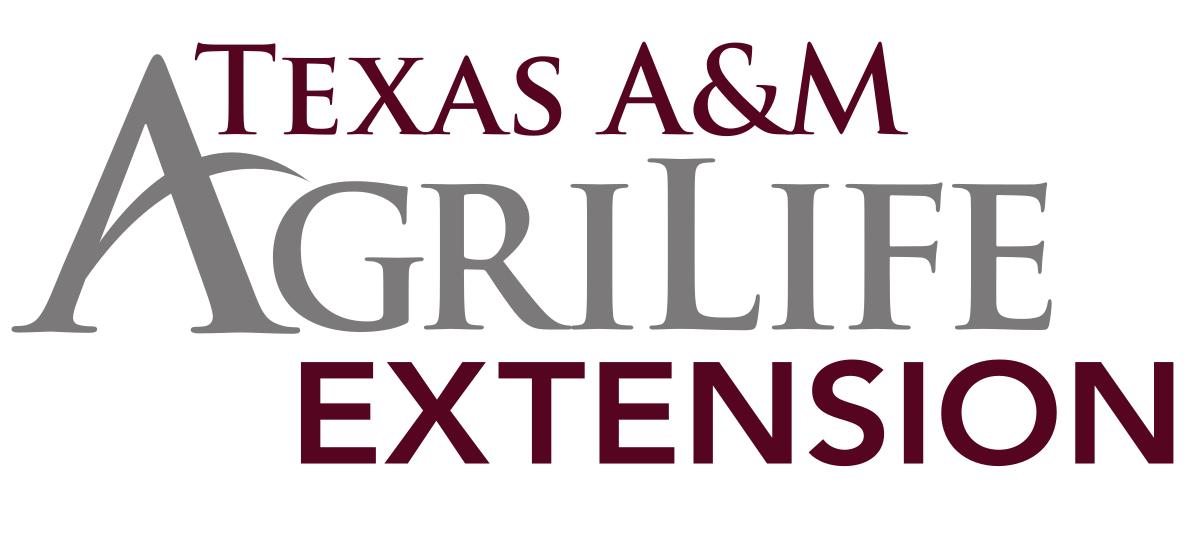By Bob Bertsch
In my experience working with human networks, I’ve found that one of the best ways to help people start working as part of a network is to show them they are in a network.
Each of us is part of multiple networks. There are networks in our workplace, both formal and informal. There are networks in our neighborhoods and communities. We are part of networks made up of our family and friends, and, as Stanley Milgram’s small world experiment demonstrated, each of us is part of a network connecting every human on the planet. But we rarely think about the networks we are in and our role in them.
One tool for visualizing a network is a social network analysis map. Over the years, I’ve created maps of organizations, community influencers, regional systems, and more. These maps show the individuals in a network, which other individuals they are connected to, and the strength of those connections. When I share these maps with the individuals who have participated in the analysis, their eyes often light up. Seeing how many people are in the network, how many connections exist between people, and the varying strength of those connections seems to change their perspective and spark ideas for how to improve the network.
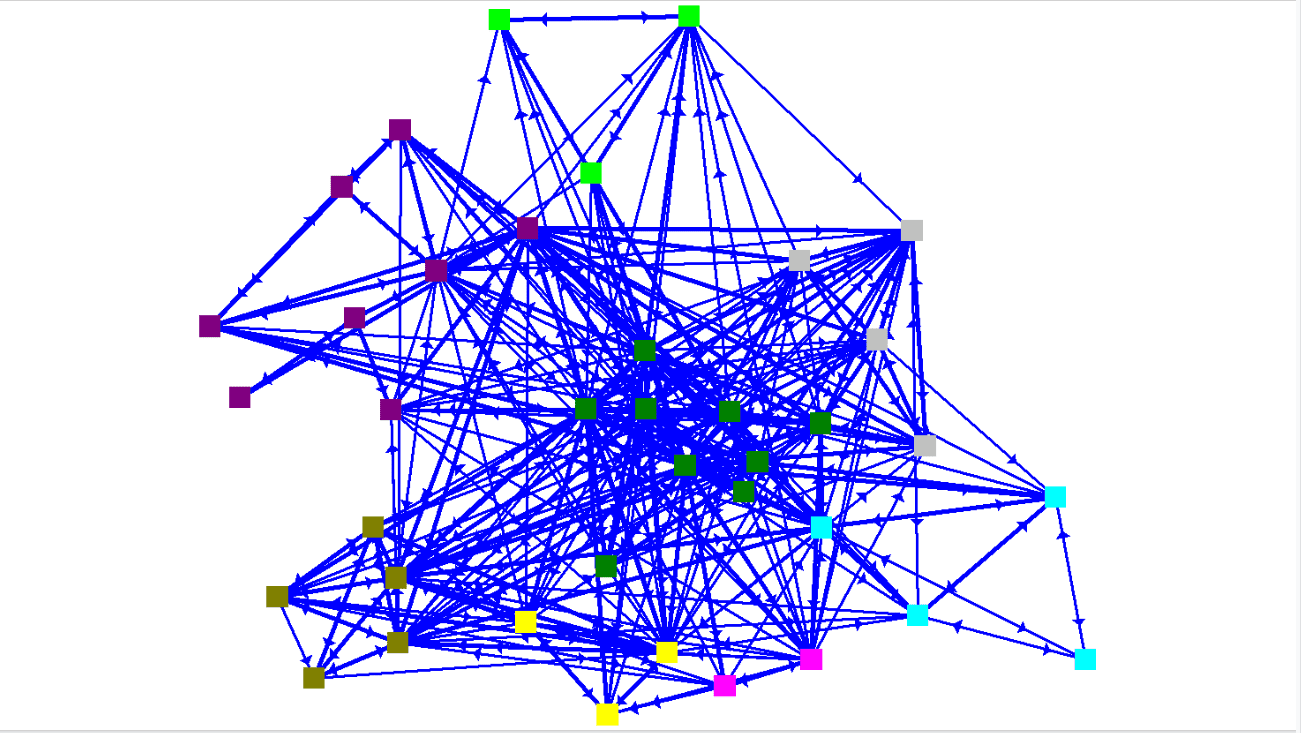
A network map showing the many connections between people in a small organization.
However, some networks, like the Military Family Readiness System (MFRS), are too large and complex to map.
The Department of Defense (DoD) recognizes military family readiness as a complex issue and has identified the MFRS as a way to address that complexity. The MFRS is not an intentional network. It was not something that DoD created, but something existing that they recognized. Each of us depends on a network of family, friends, and neighbors, as well as organizations, services, and programs (local, state, and national) for our well-being. Military and veteran families are no different. Although they face unique challenges and have access to some support designed for the unique needs of military families, they also rely on the same networks of support and resources as many civilian families do. These multiple, overlapping networks of direct and indirect support make up the MFRS.
I think it would be really helpful to map the MFRS, but any map of the MFRS would be too large for us to fully digest, or so simplified we would not be able to see ourselves in the network. So, how can we see ourselves as part of the MFRS, see the connections in the system, and spark ideas on how to improve the system?
Seeing Yourself in the MFRS
When your primary professional role is to directly serve military families
If your professional role is to directly serve military families, it may be challenging to shift your focus beyond the work of yourself, your team, or your organization. As important as that work is, it may not be effective if the families you serve do not have support from their friends, schools, communities, and access to local and state resources. To help shift your focus, try to envision your work as one of many bubbles providing a platform to hold up and support a military family. If there are too few bubbles or they are too spread out, some aspects of that family’s well-being will lack support. If one bubble grows too large its membrane will grow too thin and be less able to provide support. The family will be best supported when all the bubbles in the platform are the right size and connected to the other bubbles.
Your work is just one of many bubbles. How can you position your work and connect to others to provide a stable platform of support?
When your primary professional role does not involve direct support of military families
If you don’t directly support military families in your work, start by recognizing your impact on military families. There may be military kids, partners of service members, veterans, or parents of a service member that you work with, but have never thought of as being part of a military family. Even if you don’t work with anyone who fits those categories, you may be supporting military families as part of the work you do in your community. You are a part of the network of support for our military families, so try to envision yourself within that network.
Seeing the Connections in the MFRS
As I mentioned, the MFRS would be difficult to map. To see the connections within the system, we’ll need to start smaller. Grab a blank piece of paper and a pen, some markers, or crayons, and start to map out one of your own networks. If you work directly with military families, you could focus on the other people, offices, and organizations you work with. If you don’t work directly with military families you could focus on the network that supports your family or on the work you do in your community.
In the center of the page, draw a symbol to represent yourself and label it. Next, draw a circle, square or another shape to represent each of the people, organizations, or other resources in your network. Be sure to label them and scatter them across the page, so you have room to draw a line between each shape to indicate a connection or relationship. Each shape should have at least one line leading back to you. The point of this exercise is not to draw an accurate map of your network. It is to begin to visualize and think about networks of support and to ask questions like:
- Who is missing from the network? Are there points of support that should be added?
- Are there connections missing? Could this network be more supportive if we cultivated those connections?
- Does this network support all aspects of well-being: career, social, financial, health, and community? If not, what’s missing?
Sparking Ideas for Strengthening the MFRS
You’ve already started sparking ideas for strengthening the MFRS by thinking about one of your own networks. No matter what network you drew, it is connected in some way to the MFRS. One way we can strengthen the MFRS is by strengthening one of the many smaller networks that are a part of it.
You can begin to spark even more ideas by talking about military families and the MFRS with your friends and colleagues. When you talk about the system of support for military families, you are helping someone else see the MFRS and start thinking about how they can strengthen the system.
I invite you to continue this exploration of your place in the MFRS and other networks of support by joining us in the Practicing Connection initiative. Practicing Connection is an exploration of the personal and collective practices that empower us to work together to help each other, our families, and our communities improve our resilience and readiness in a rapidly changing world.




